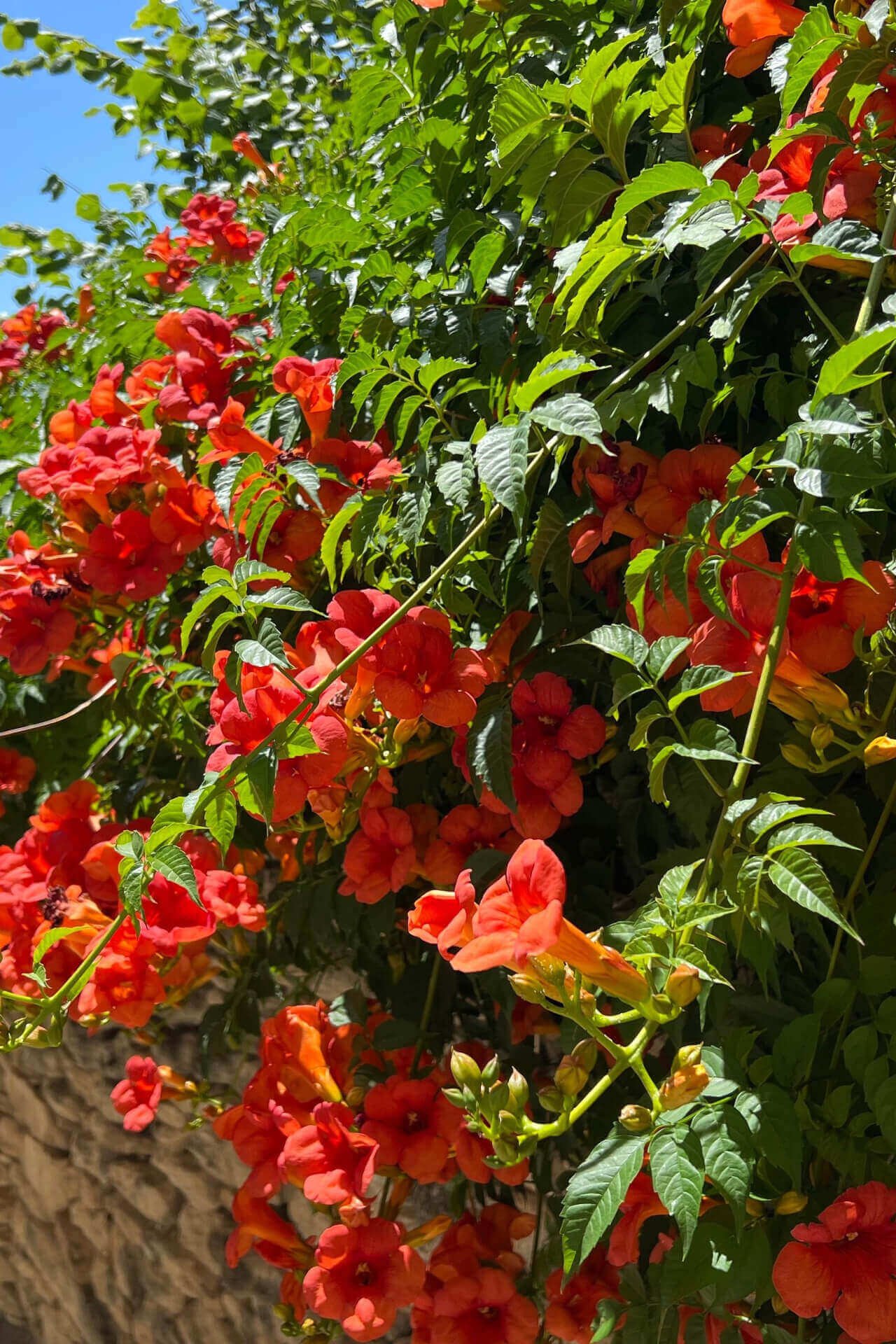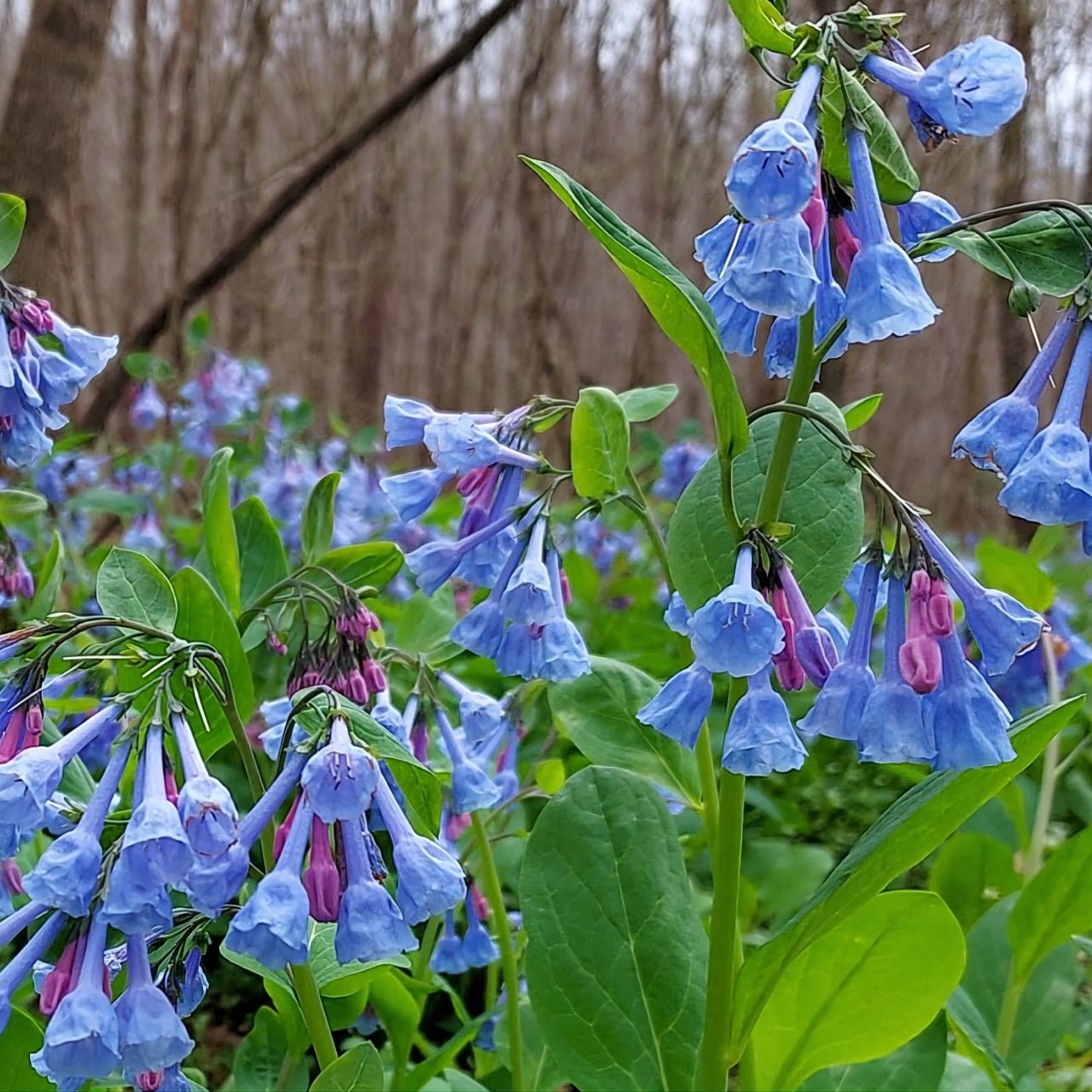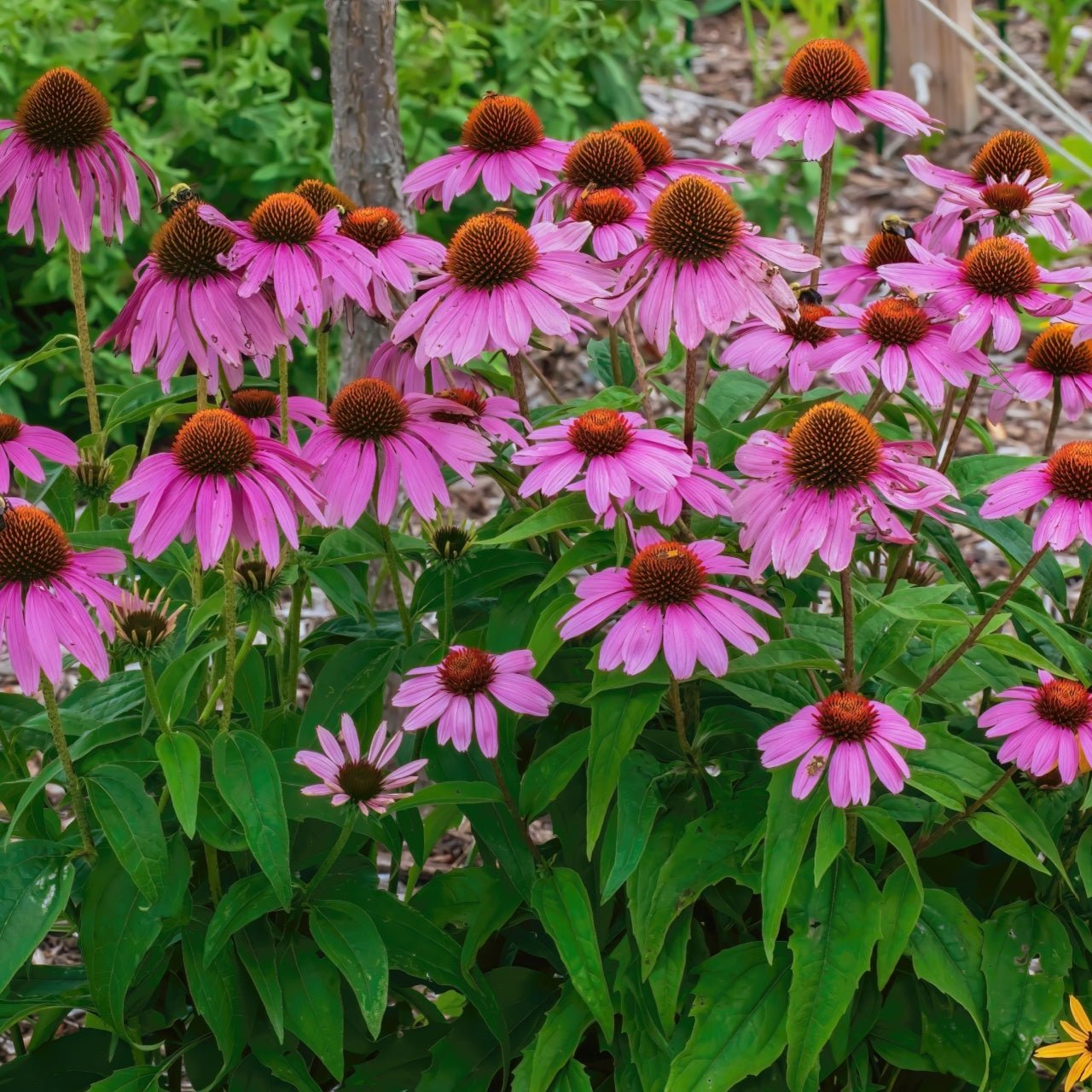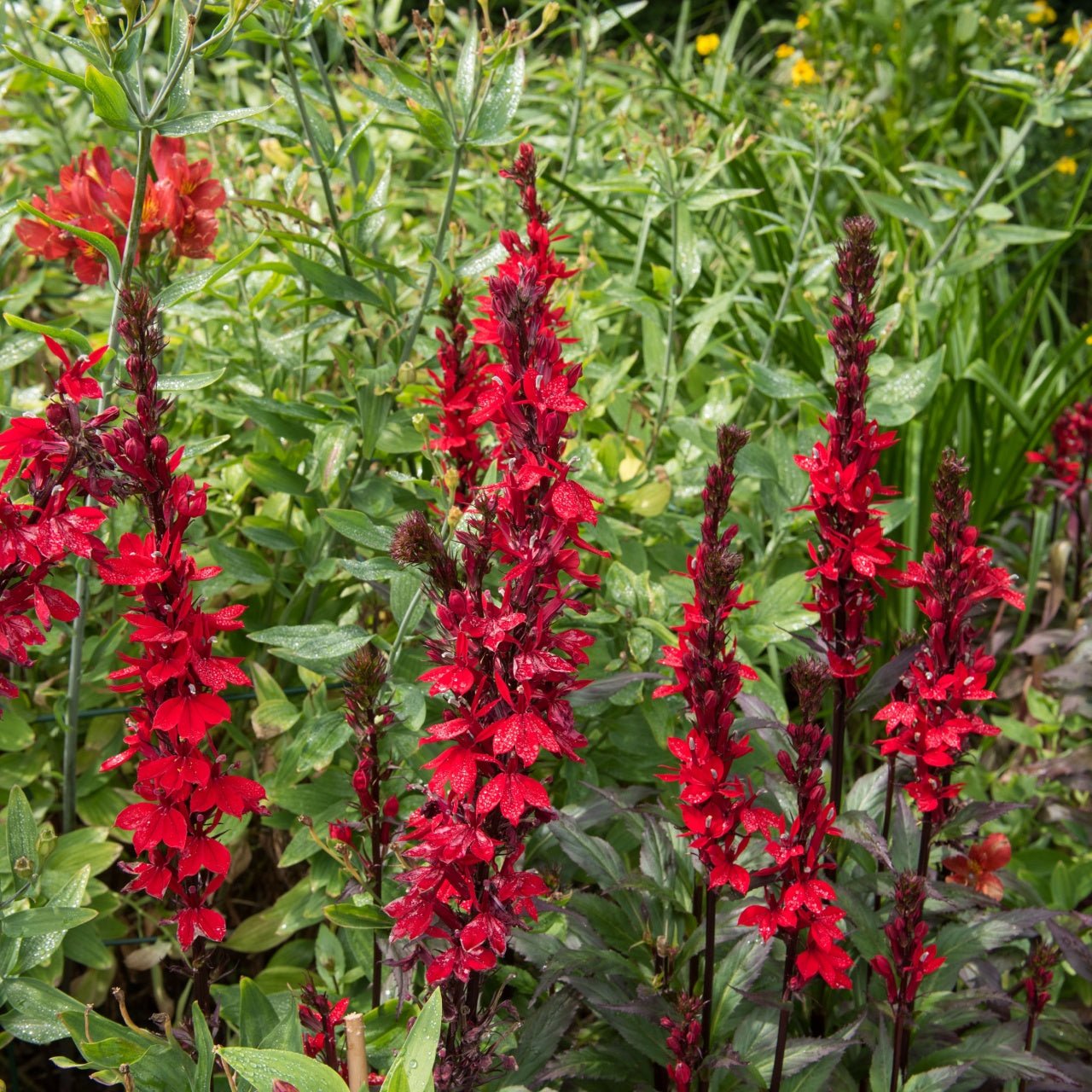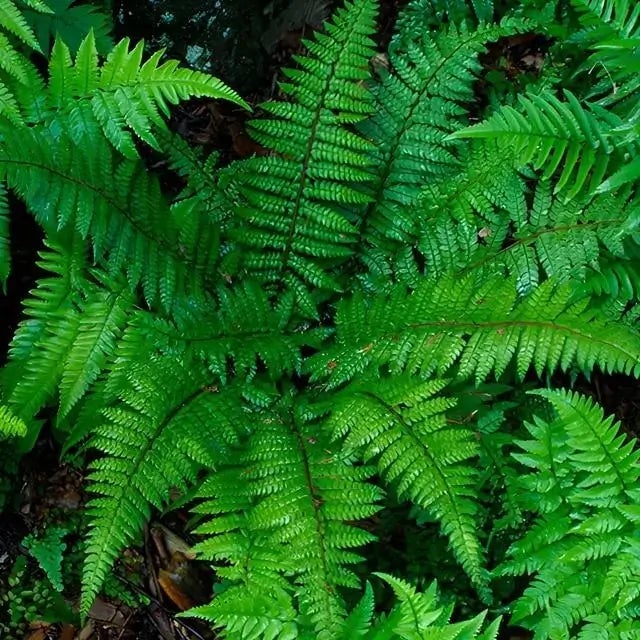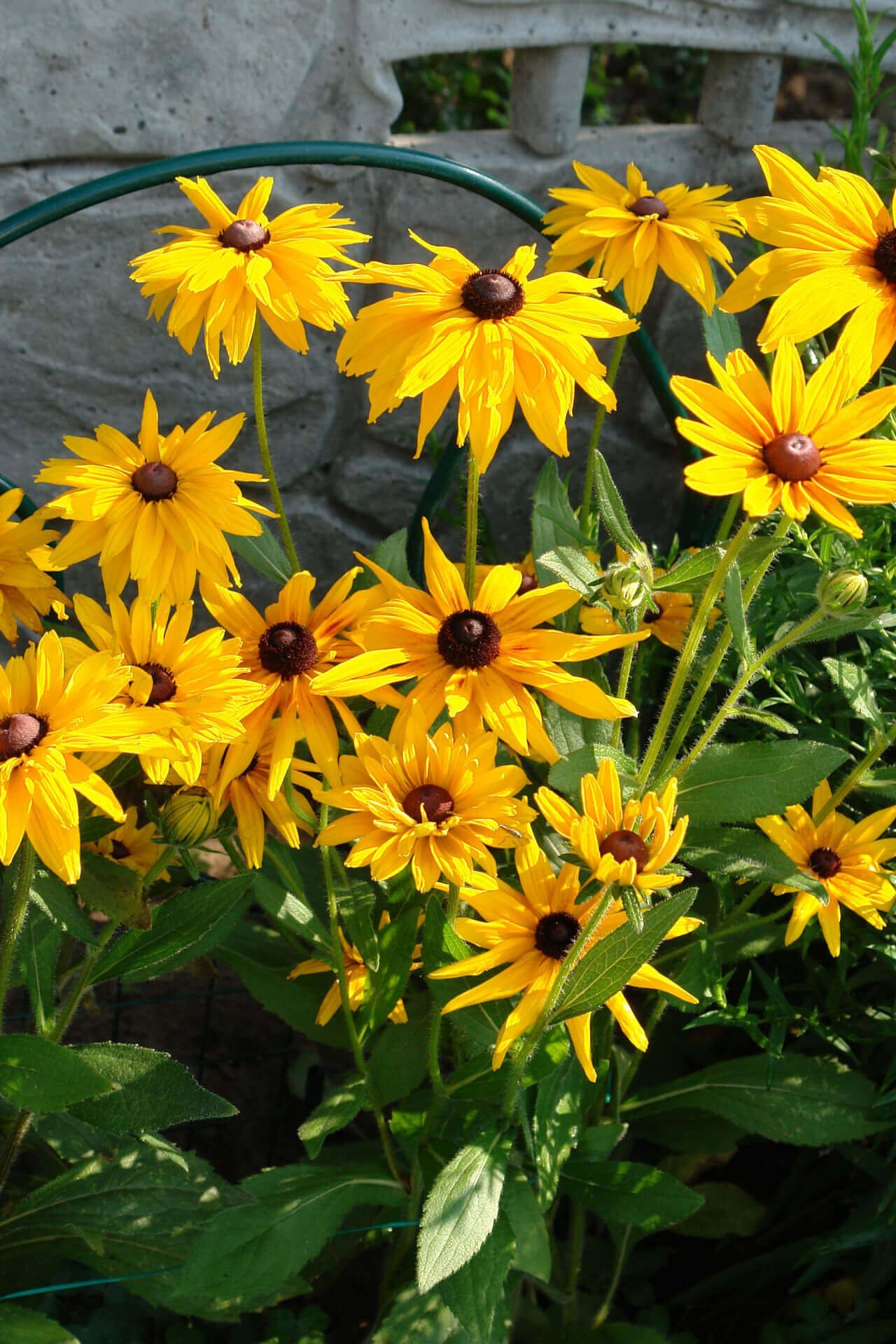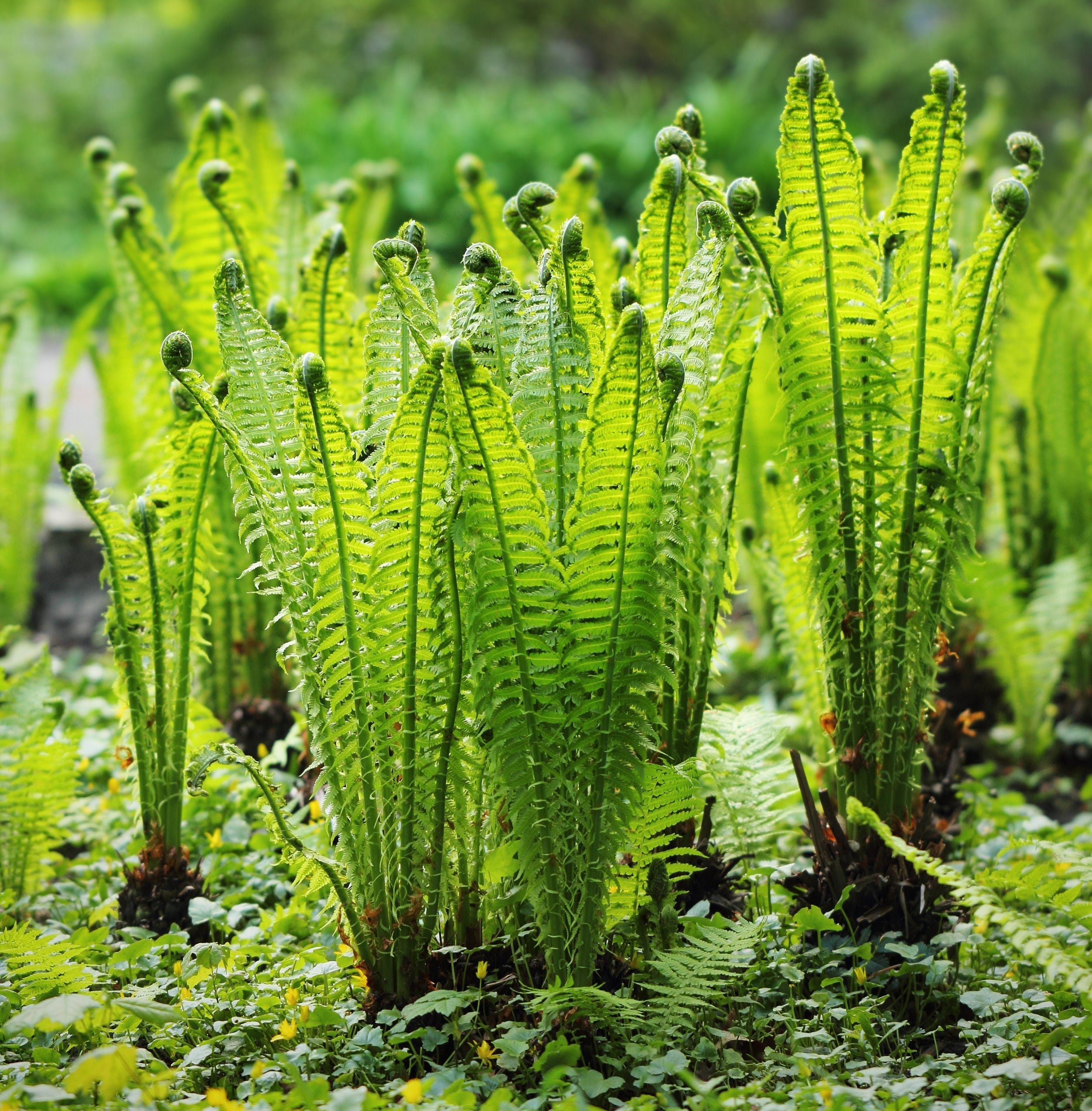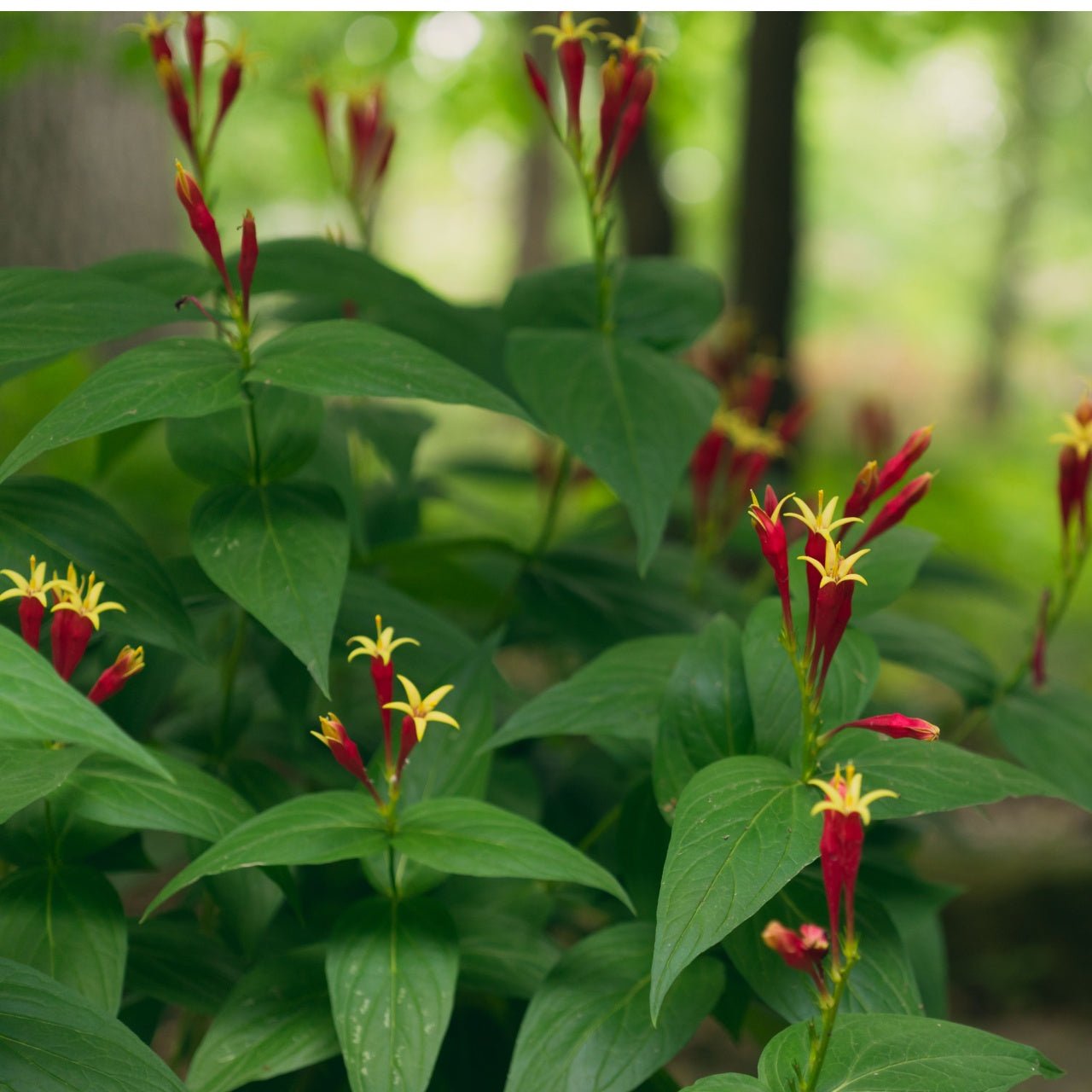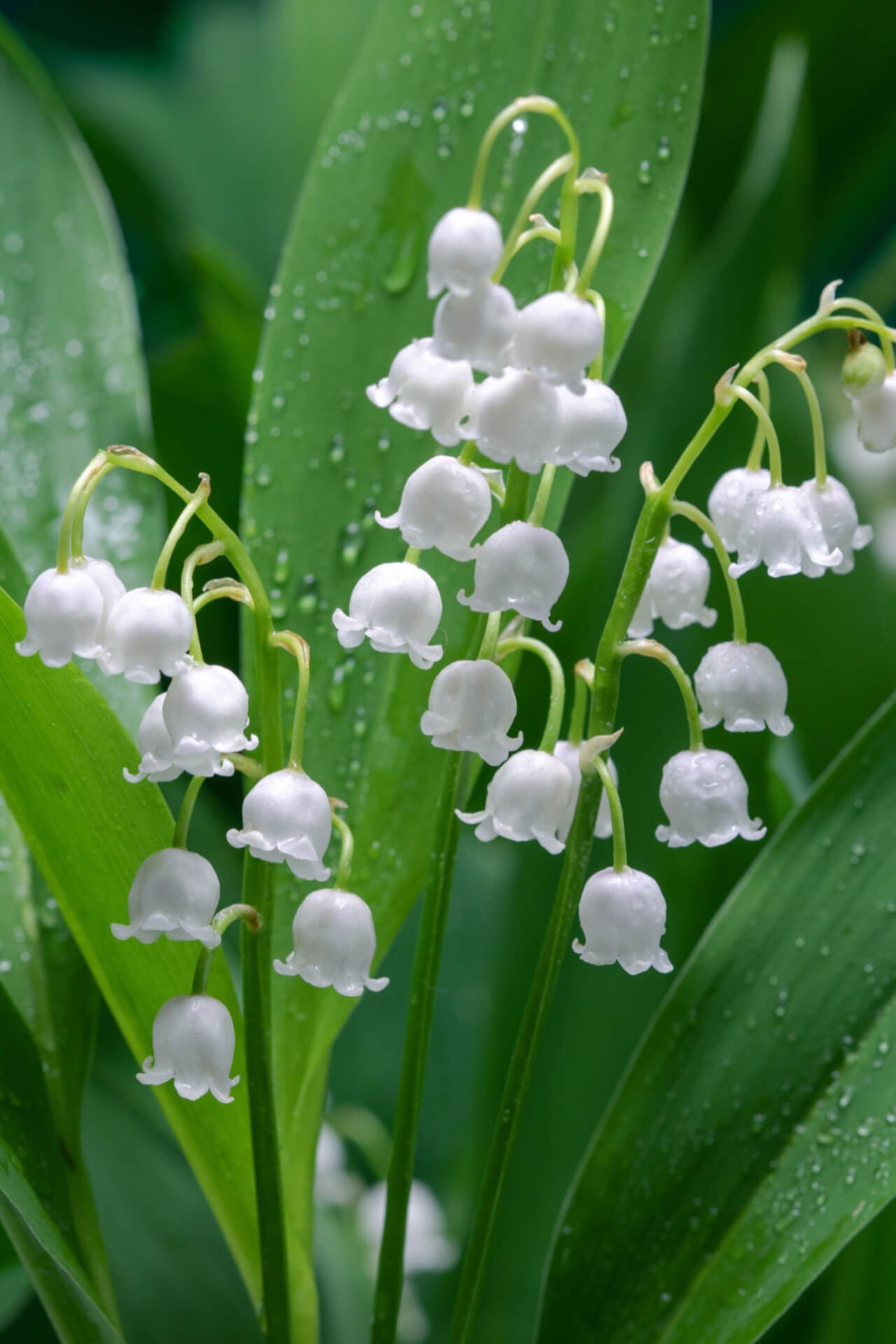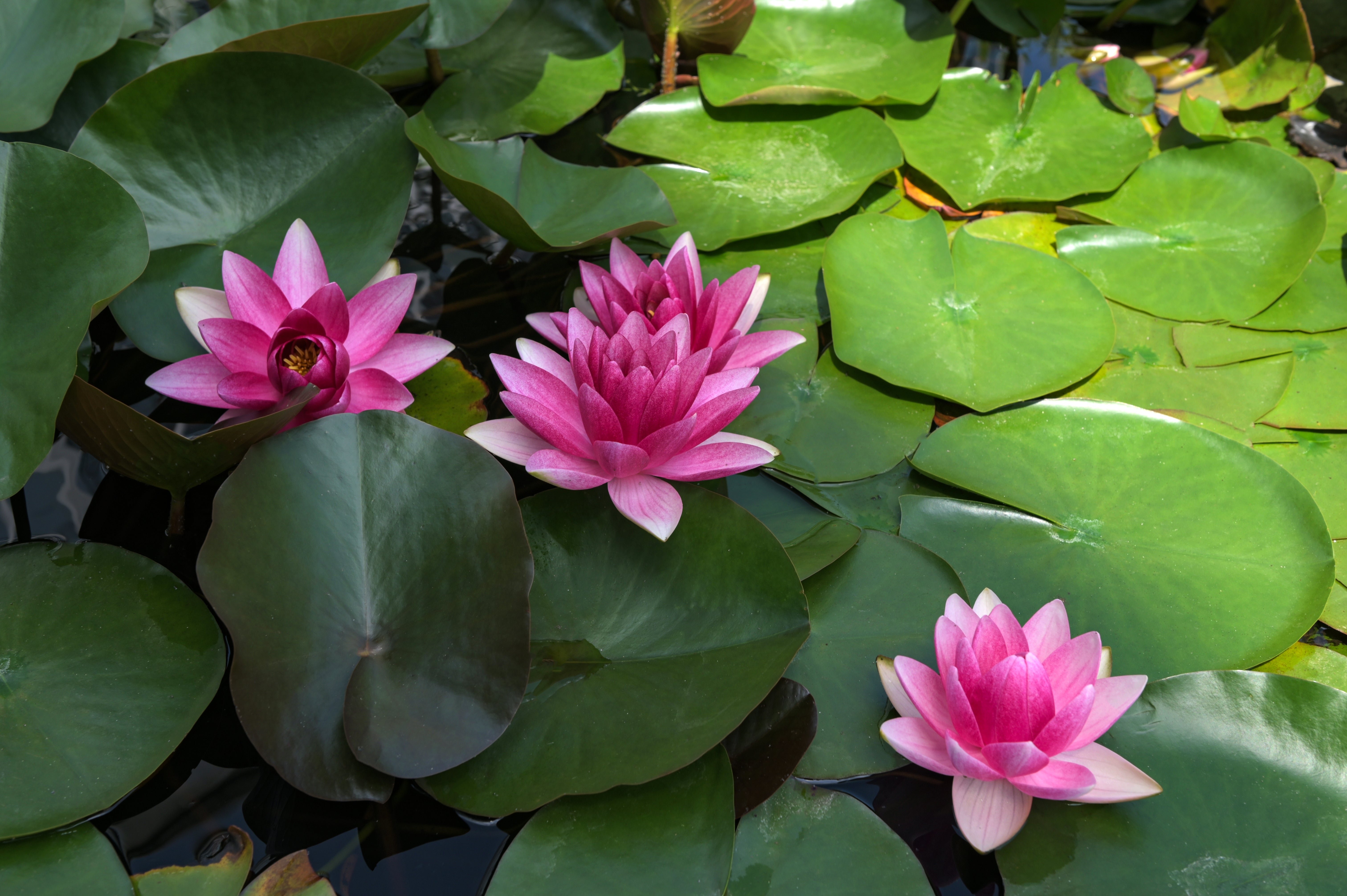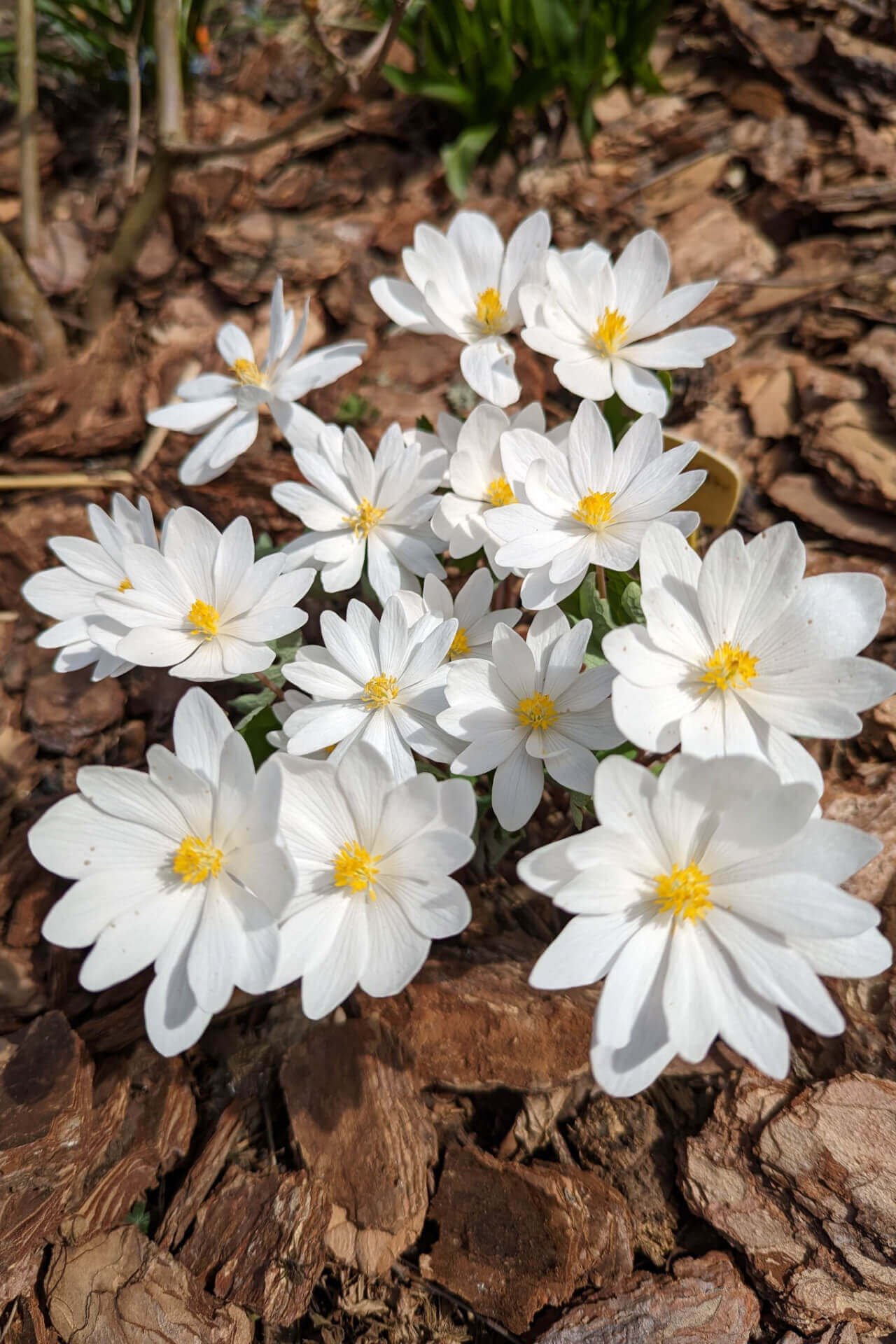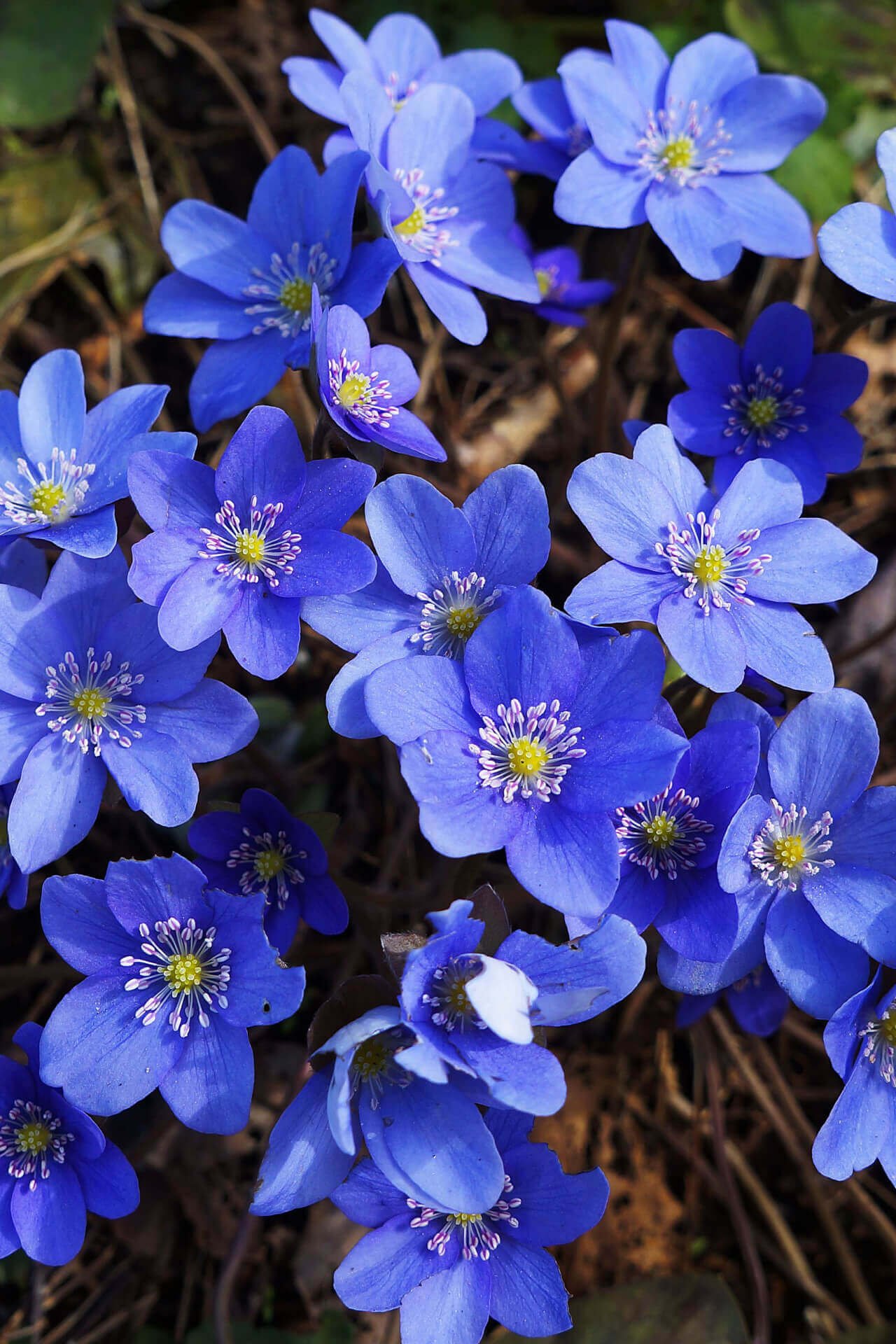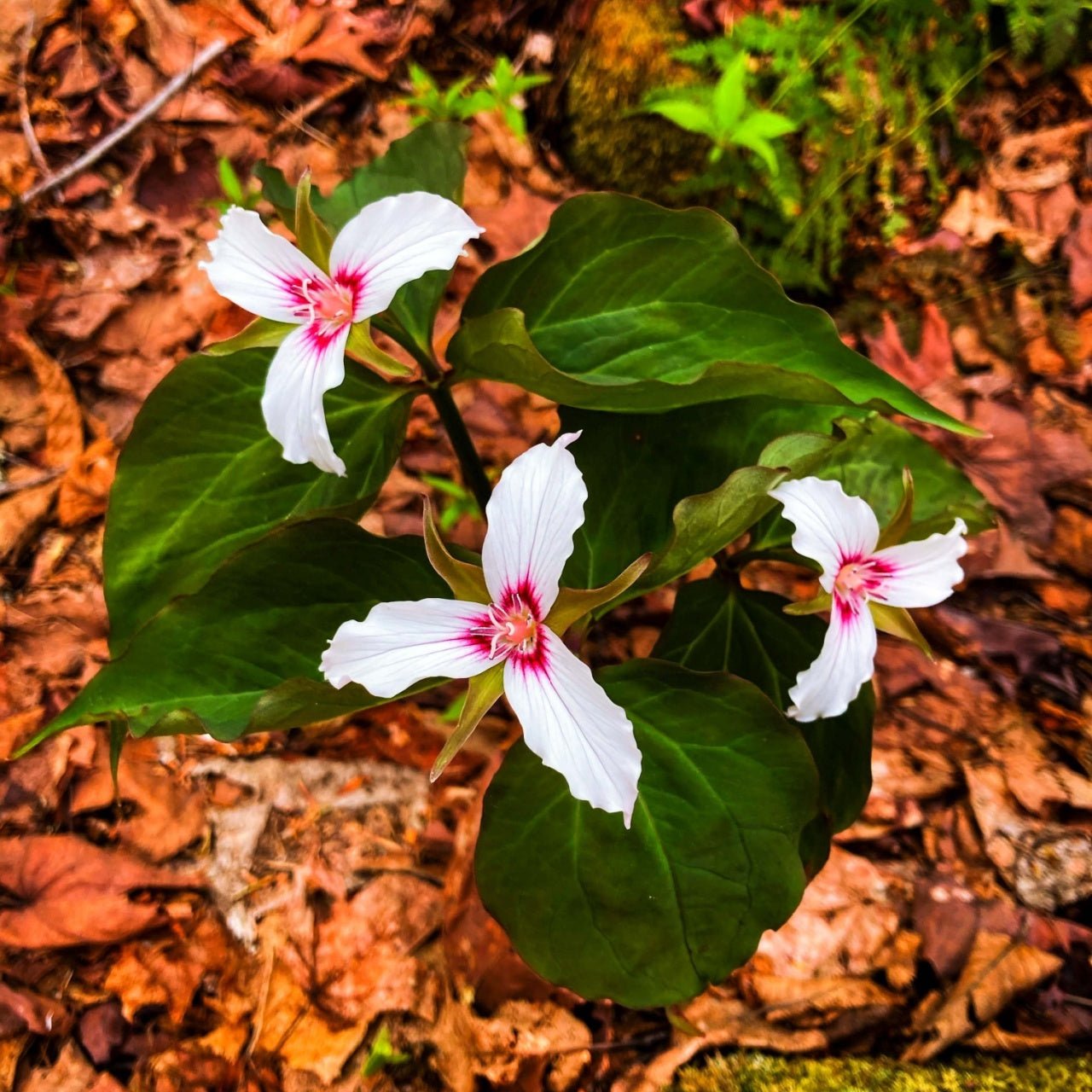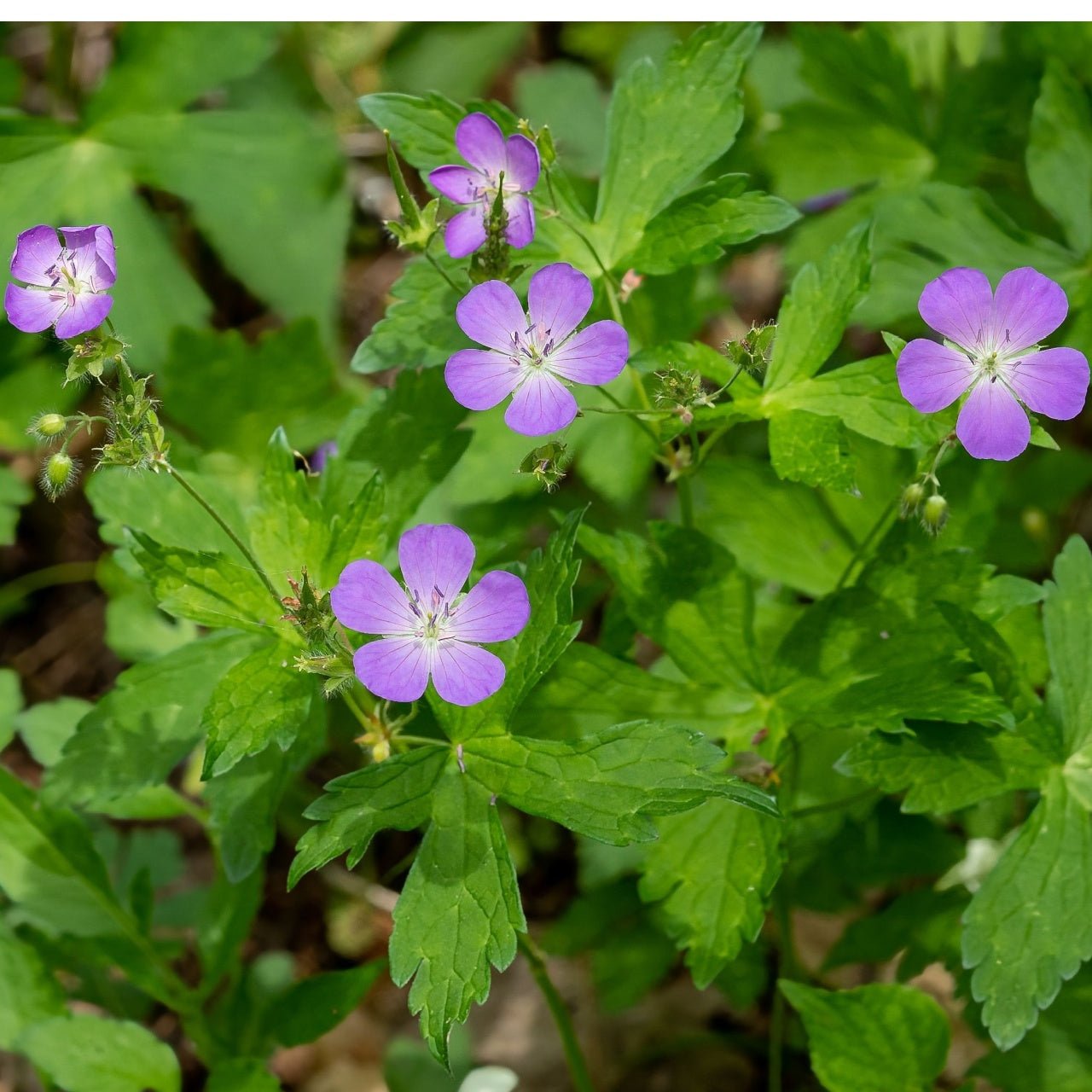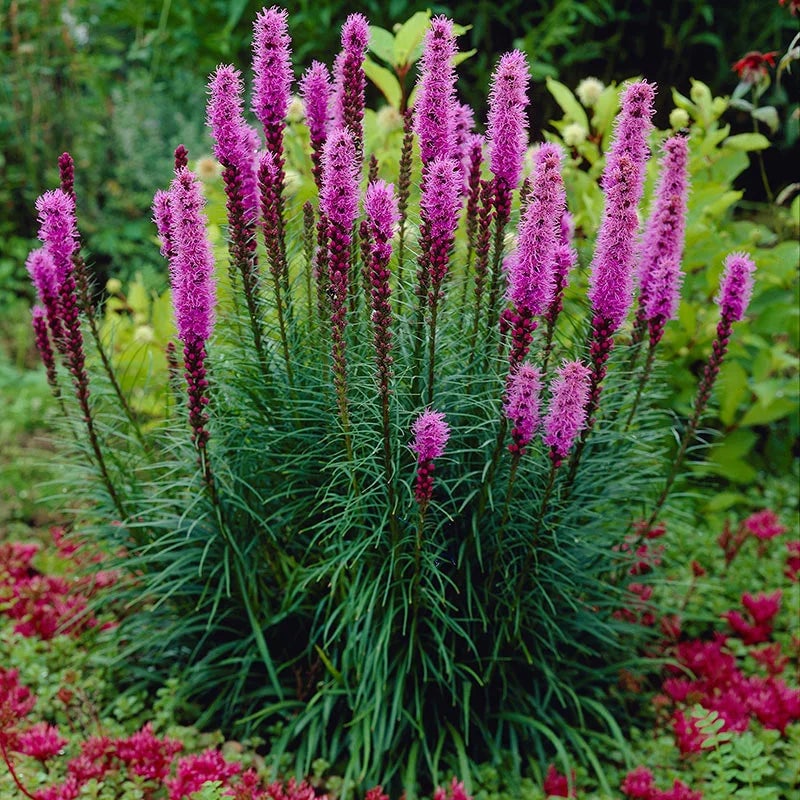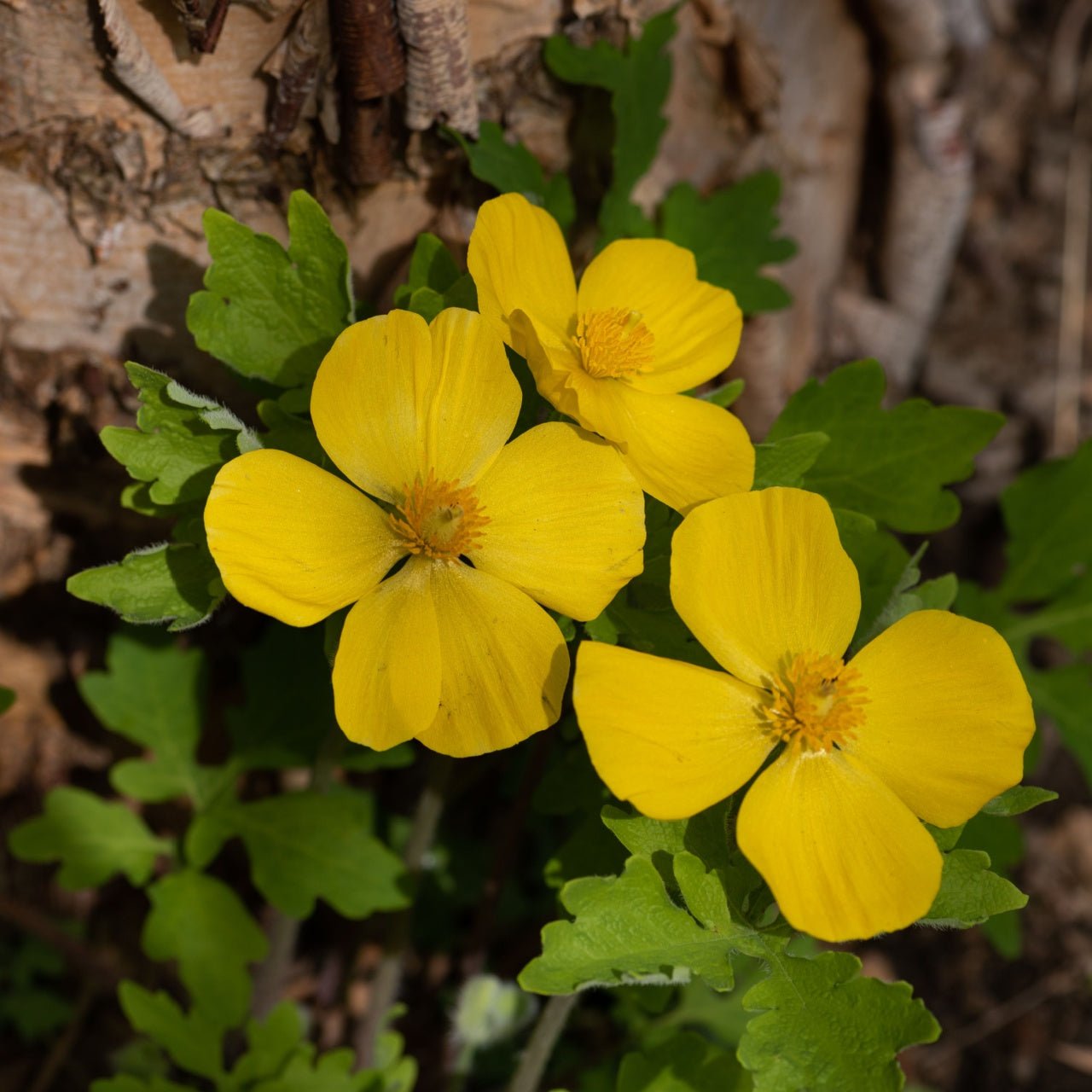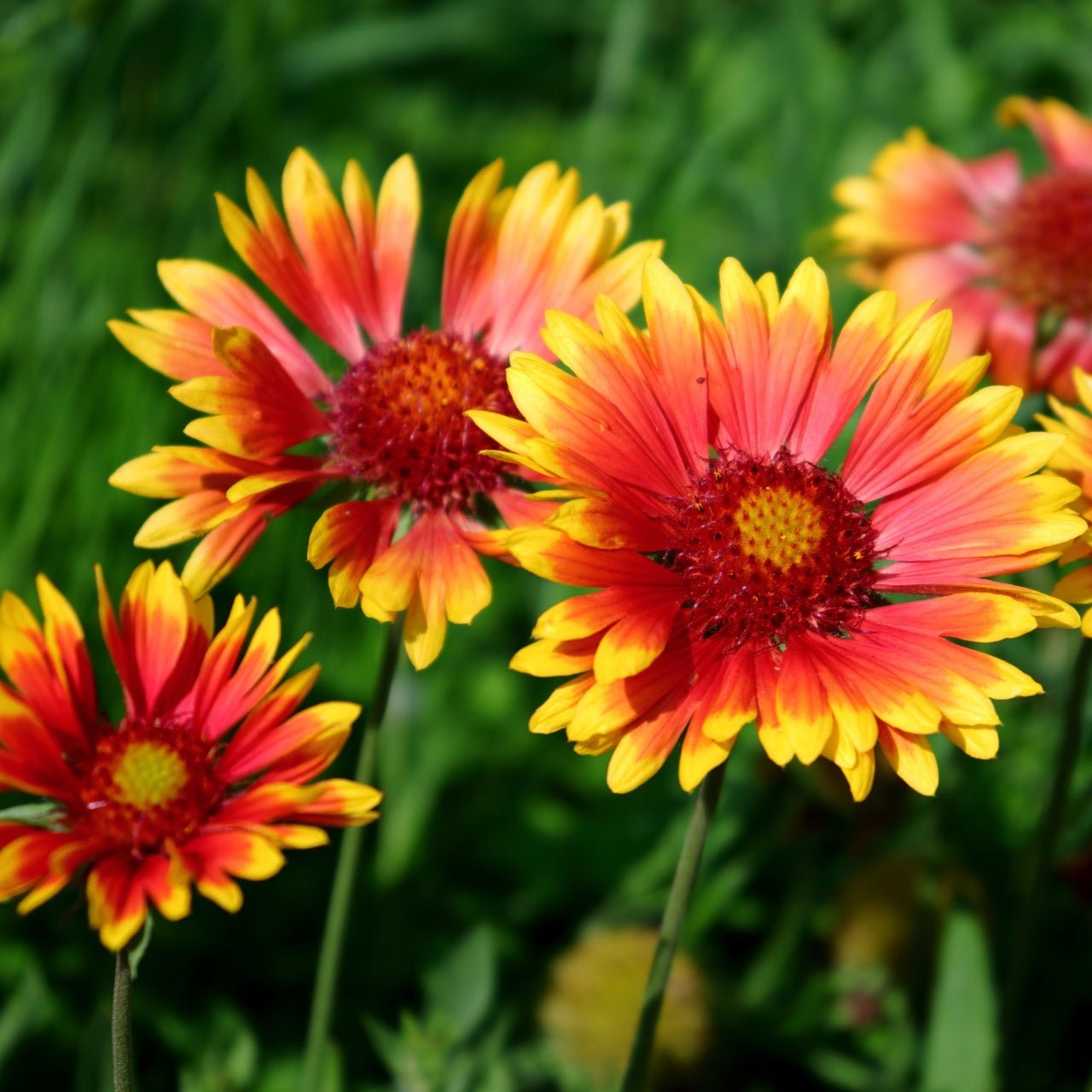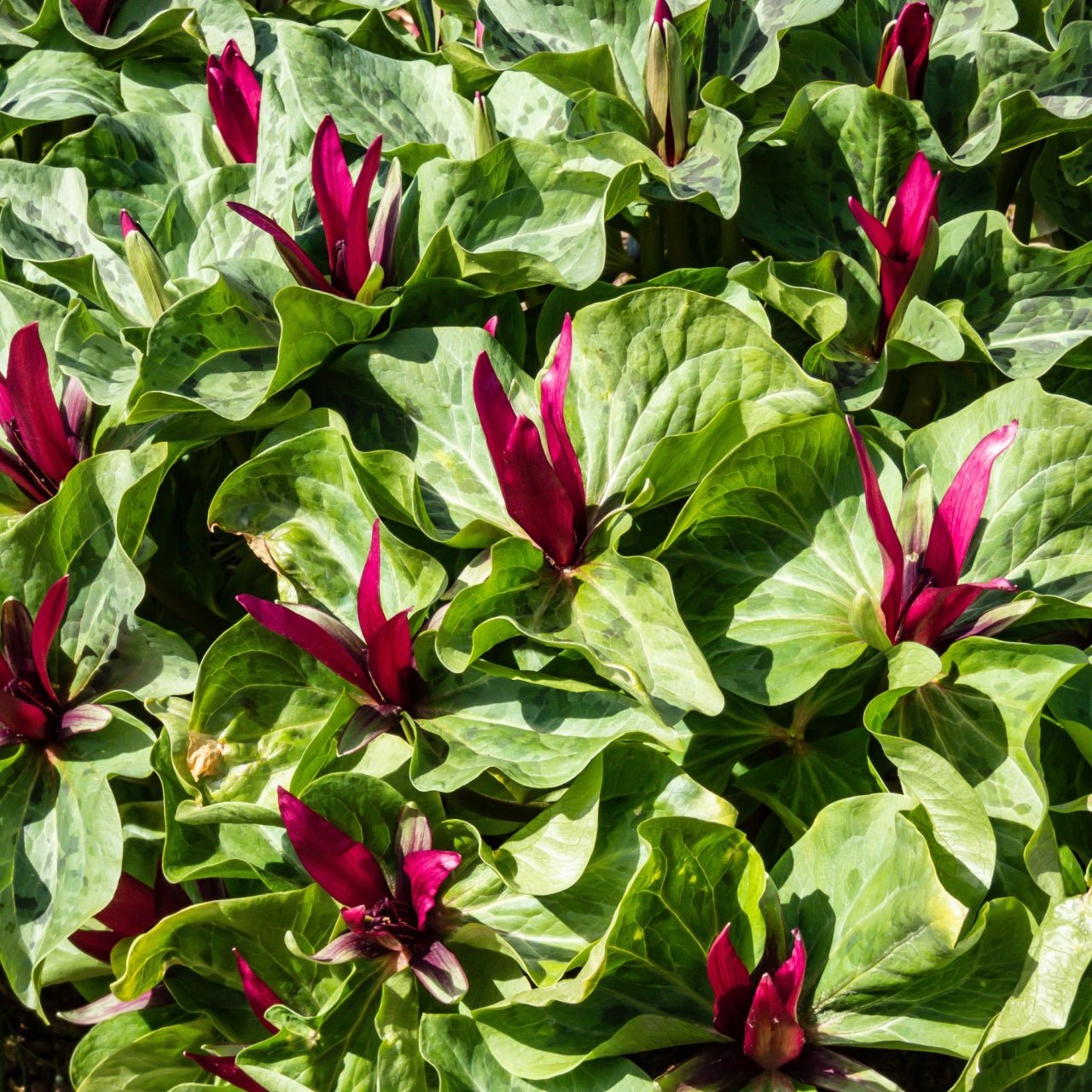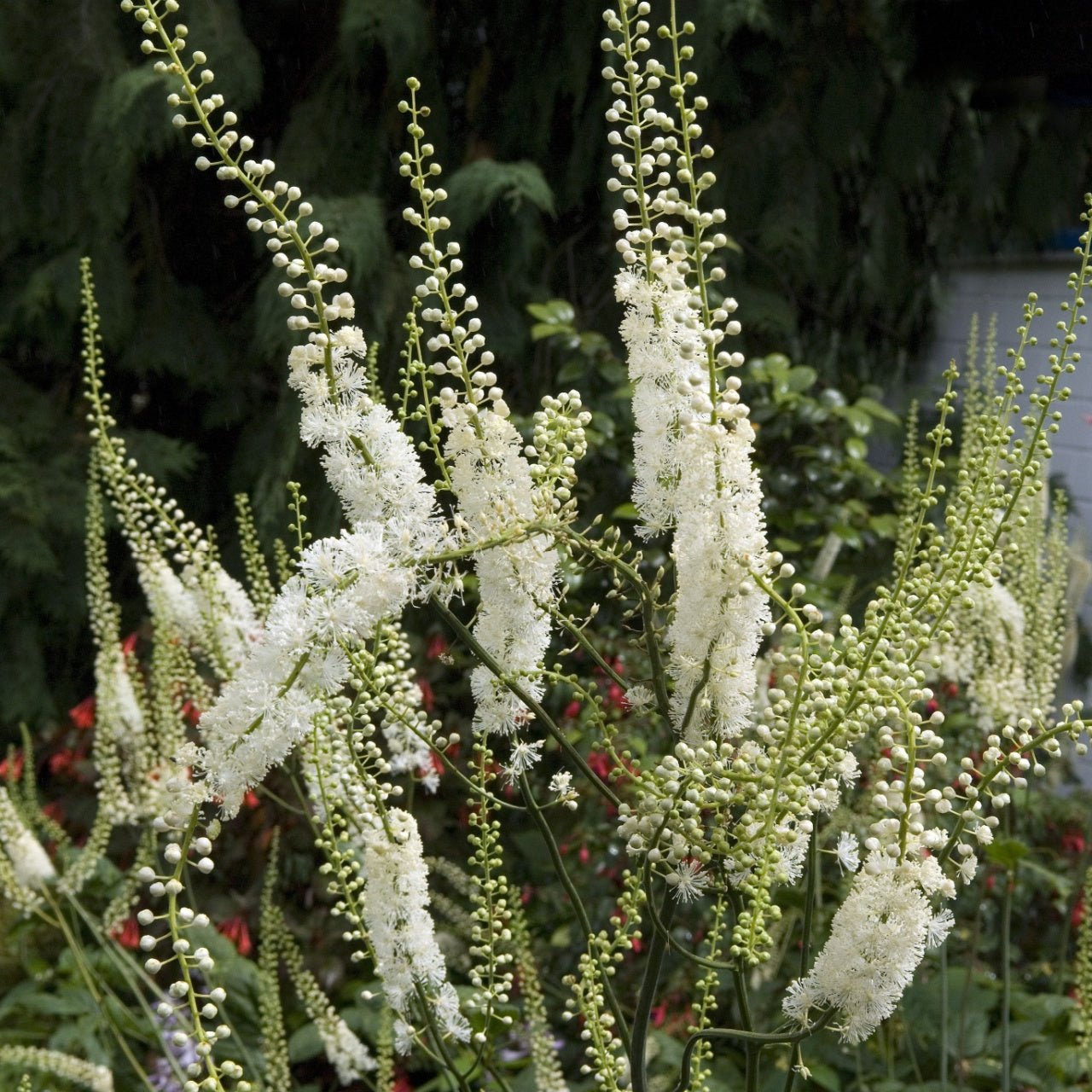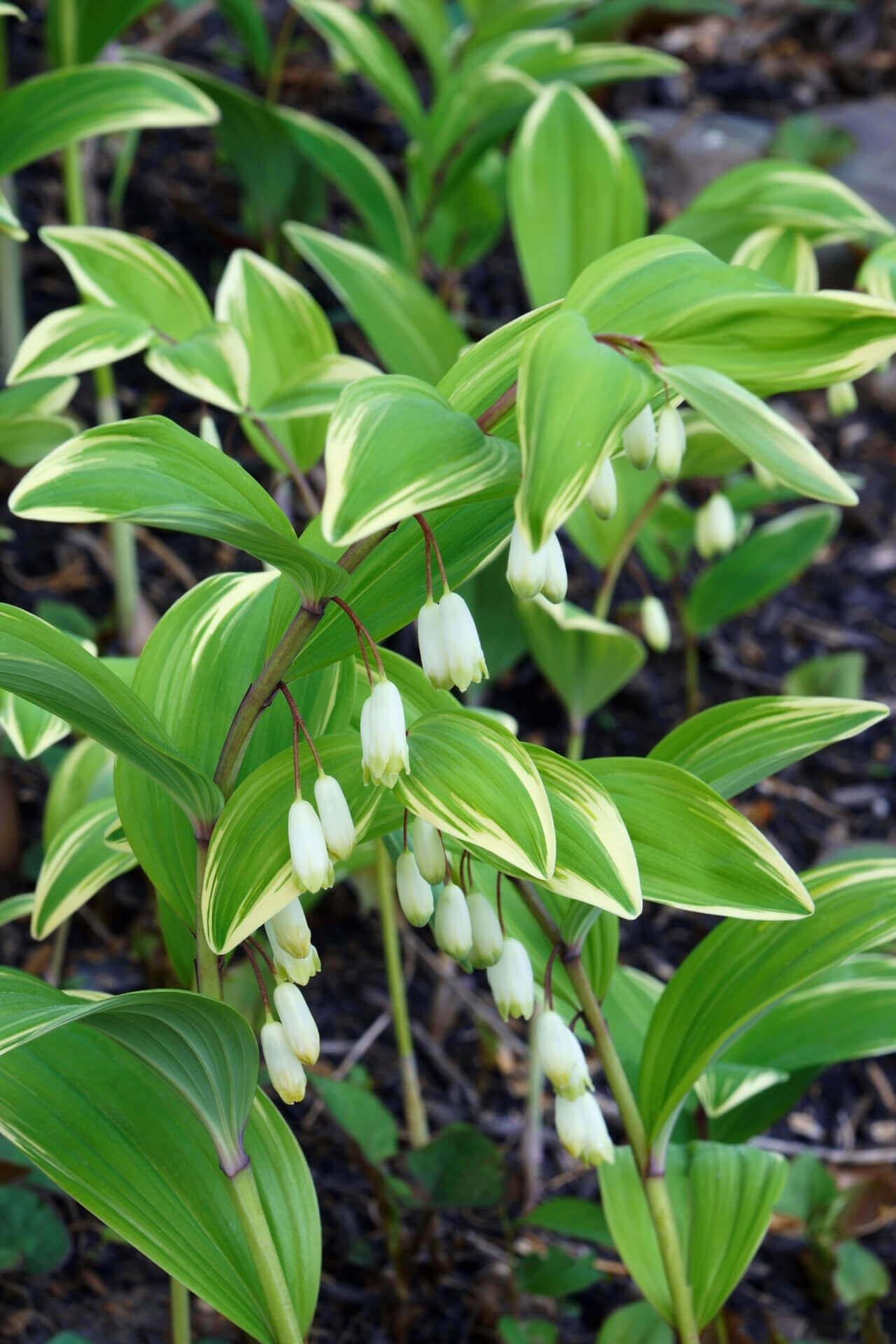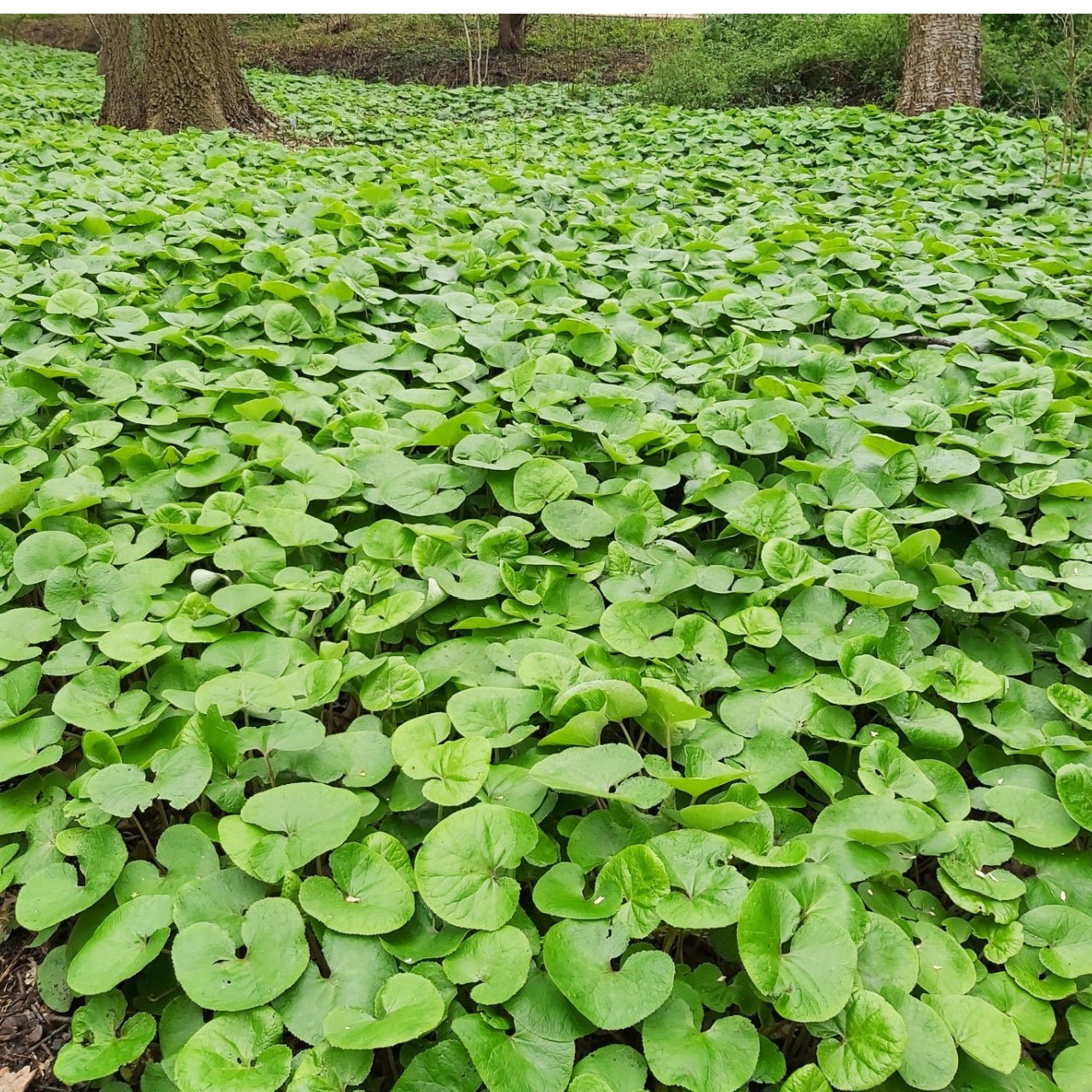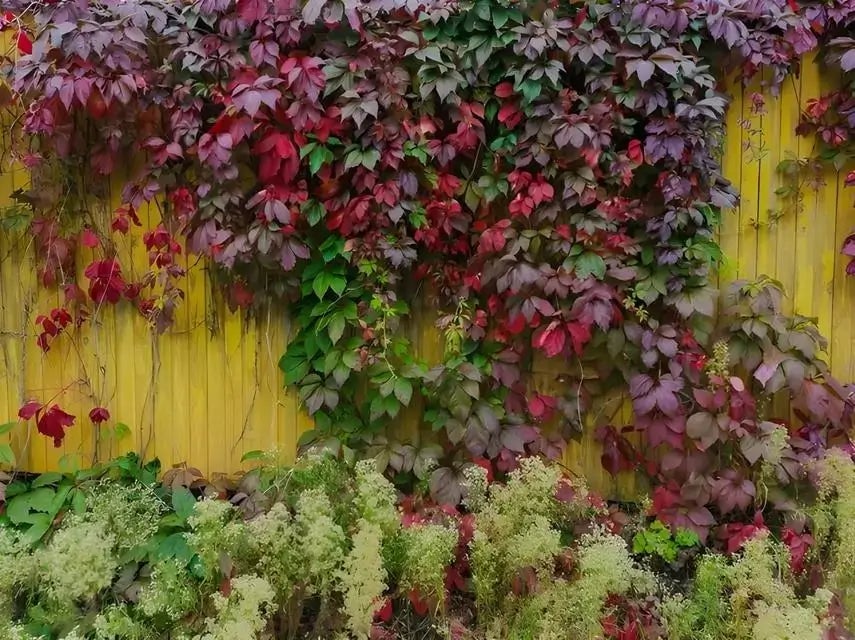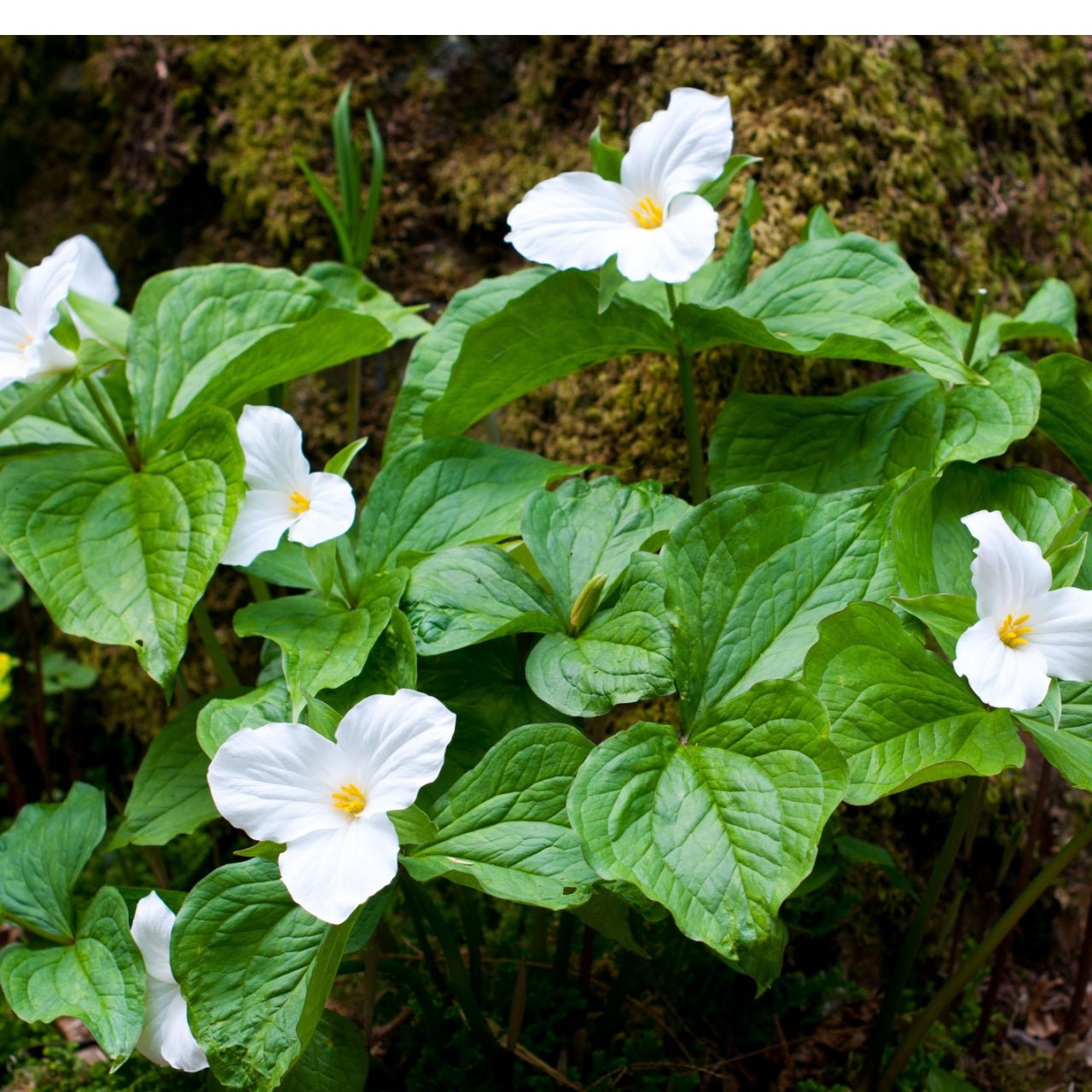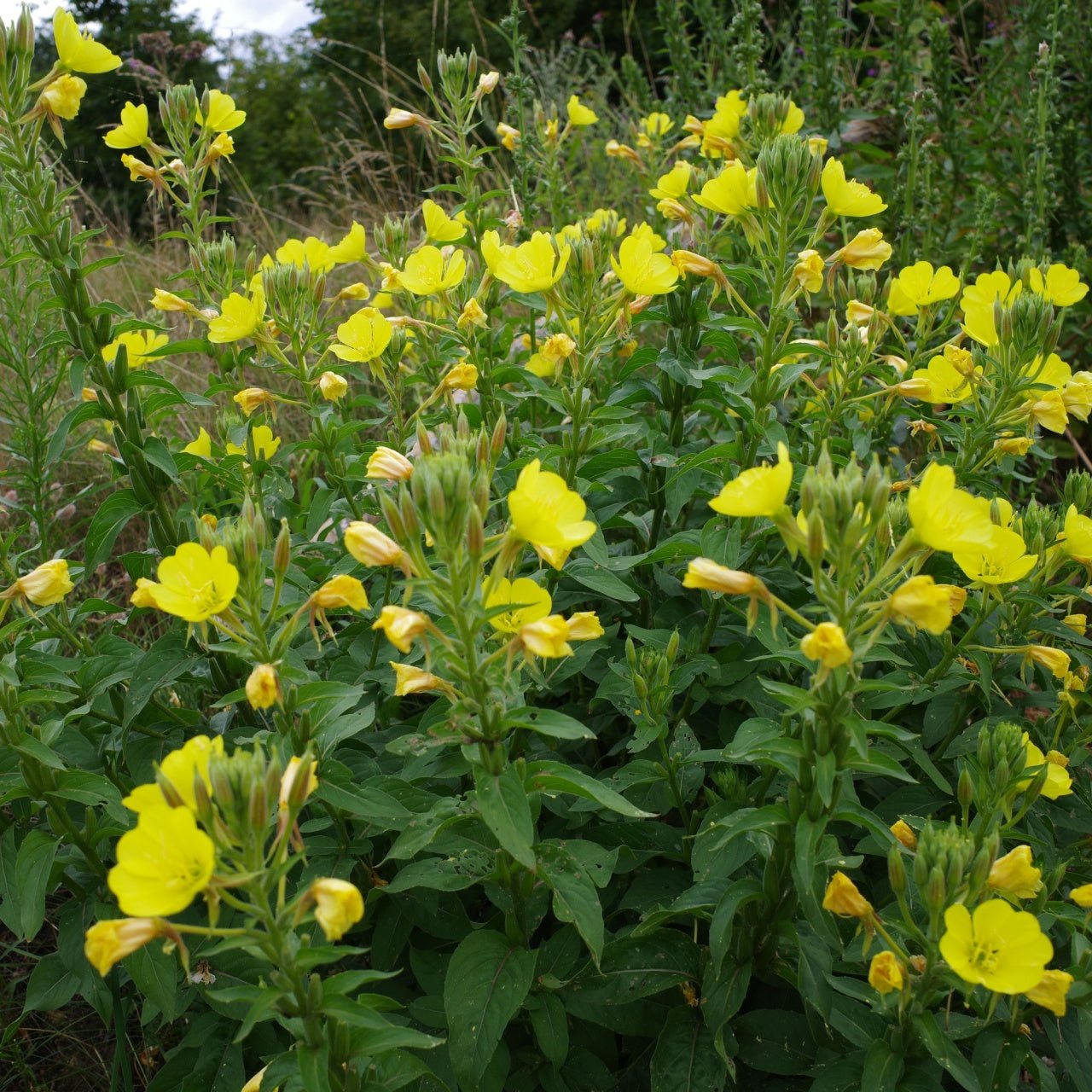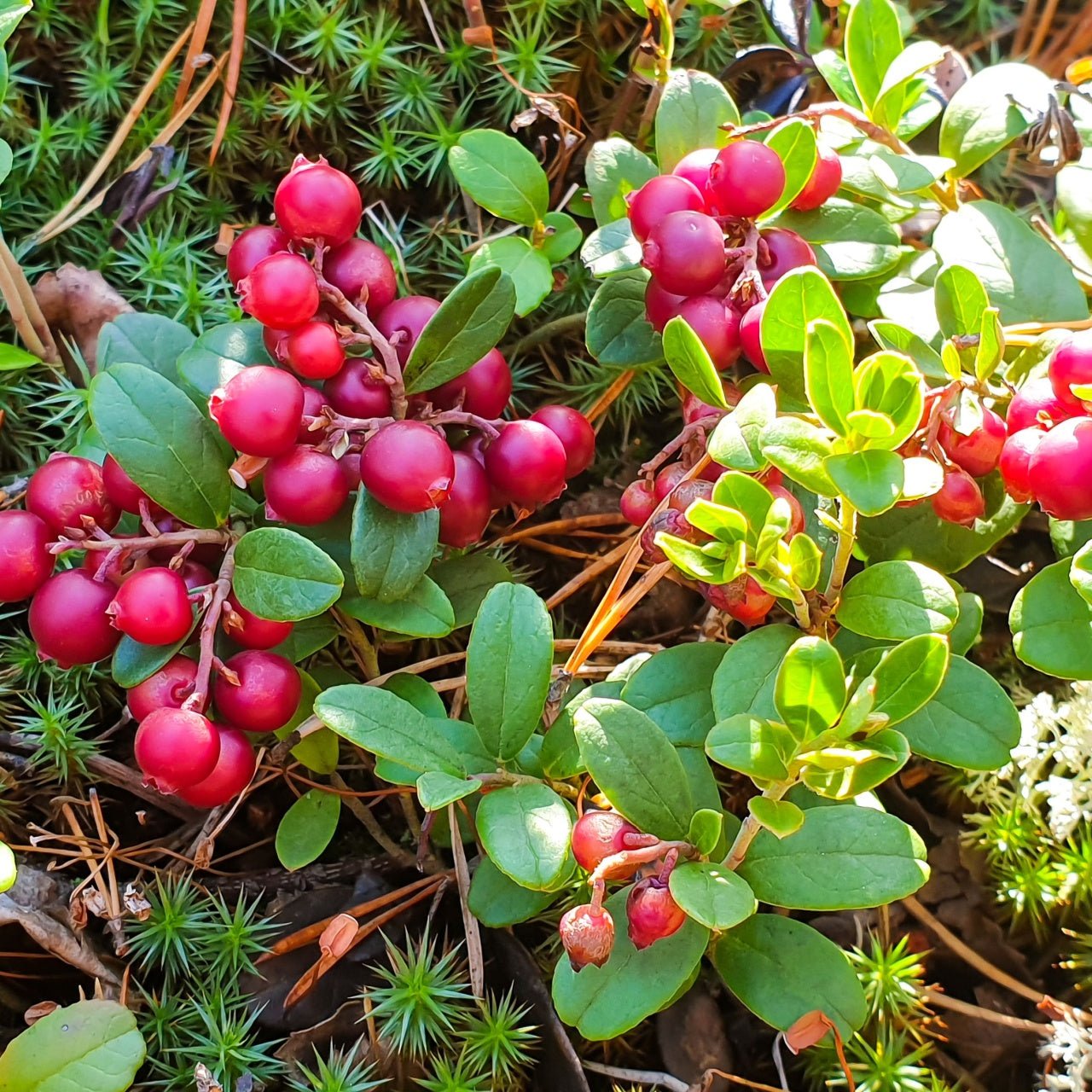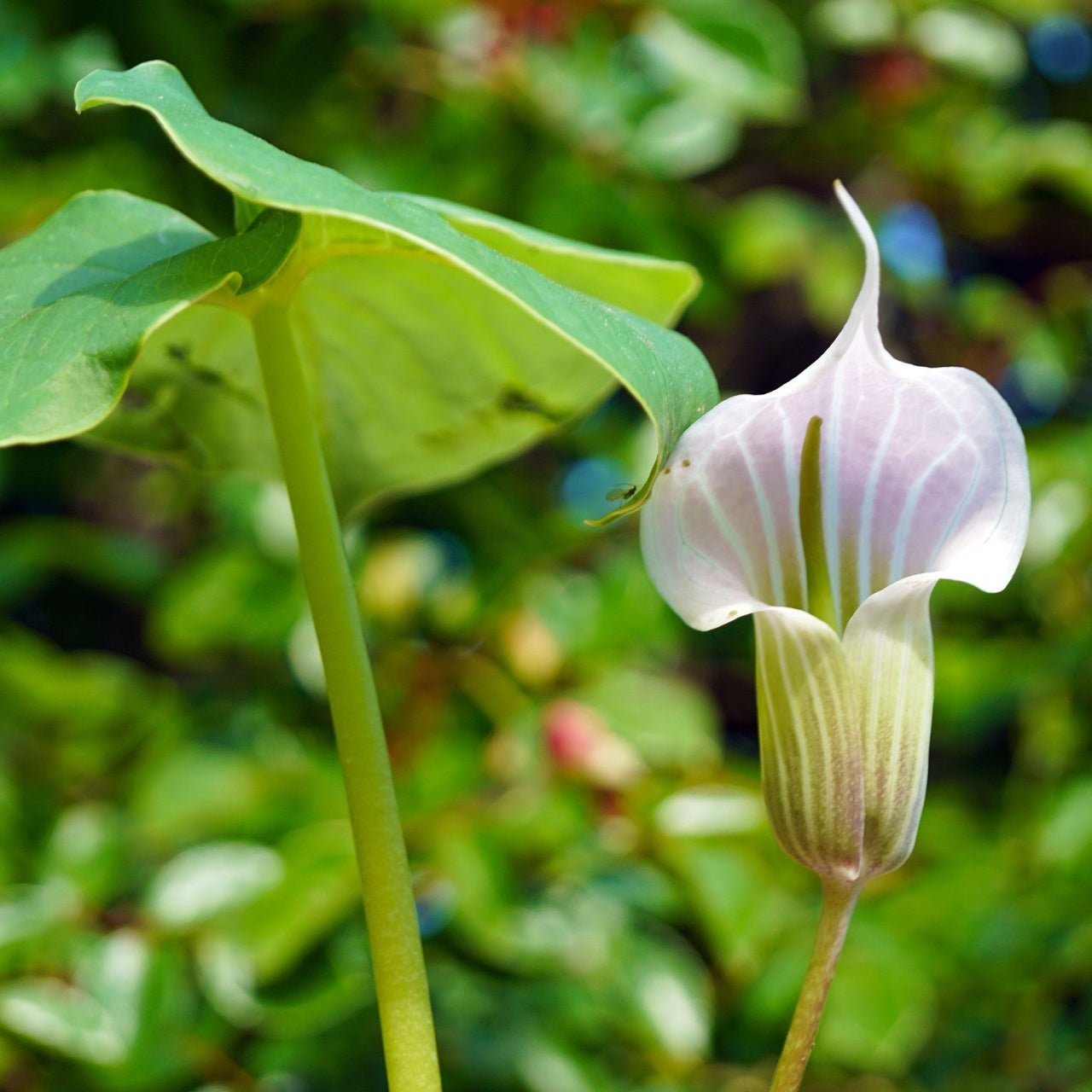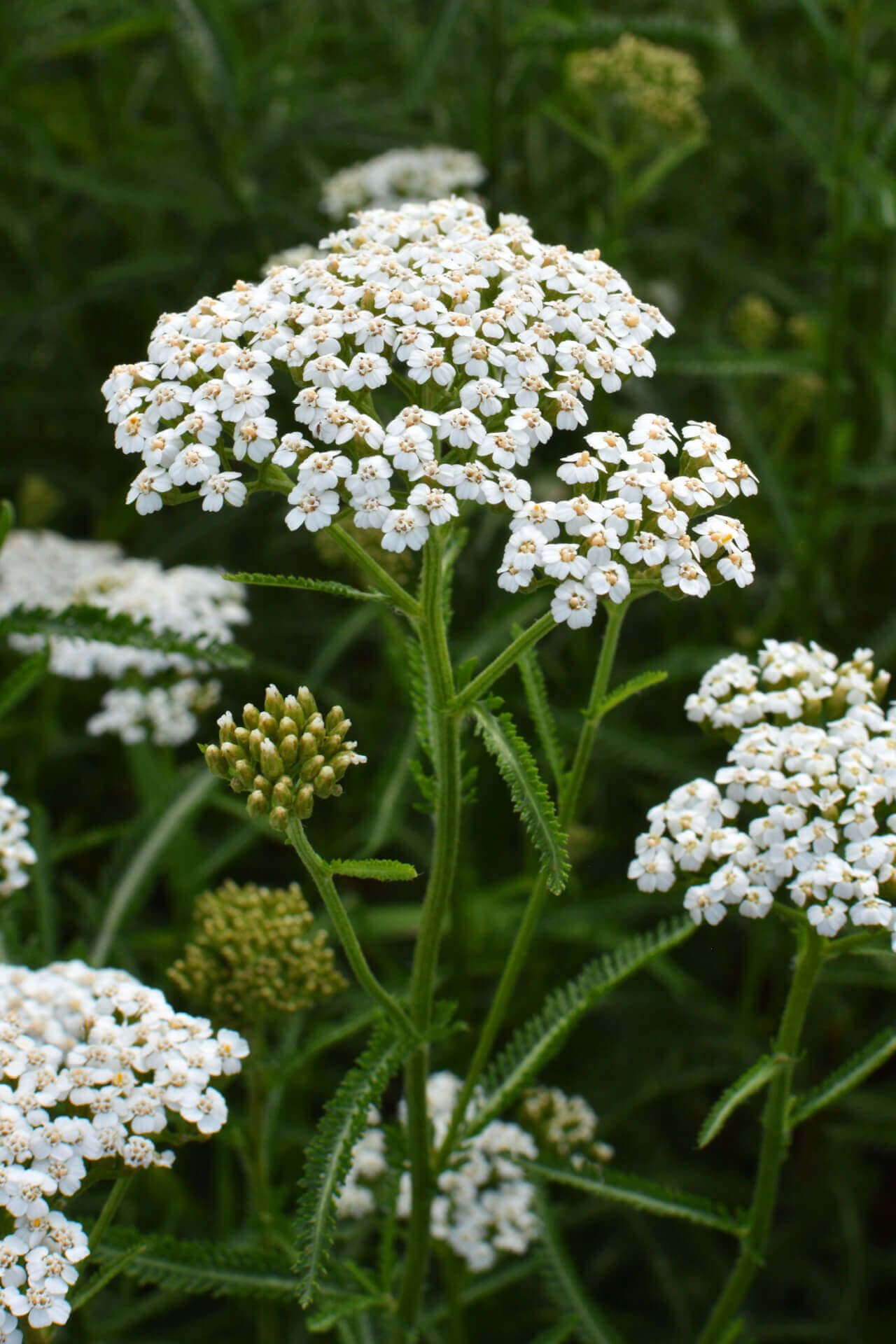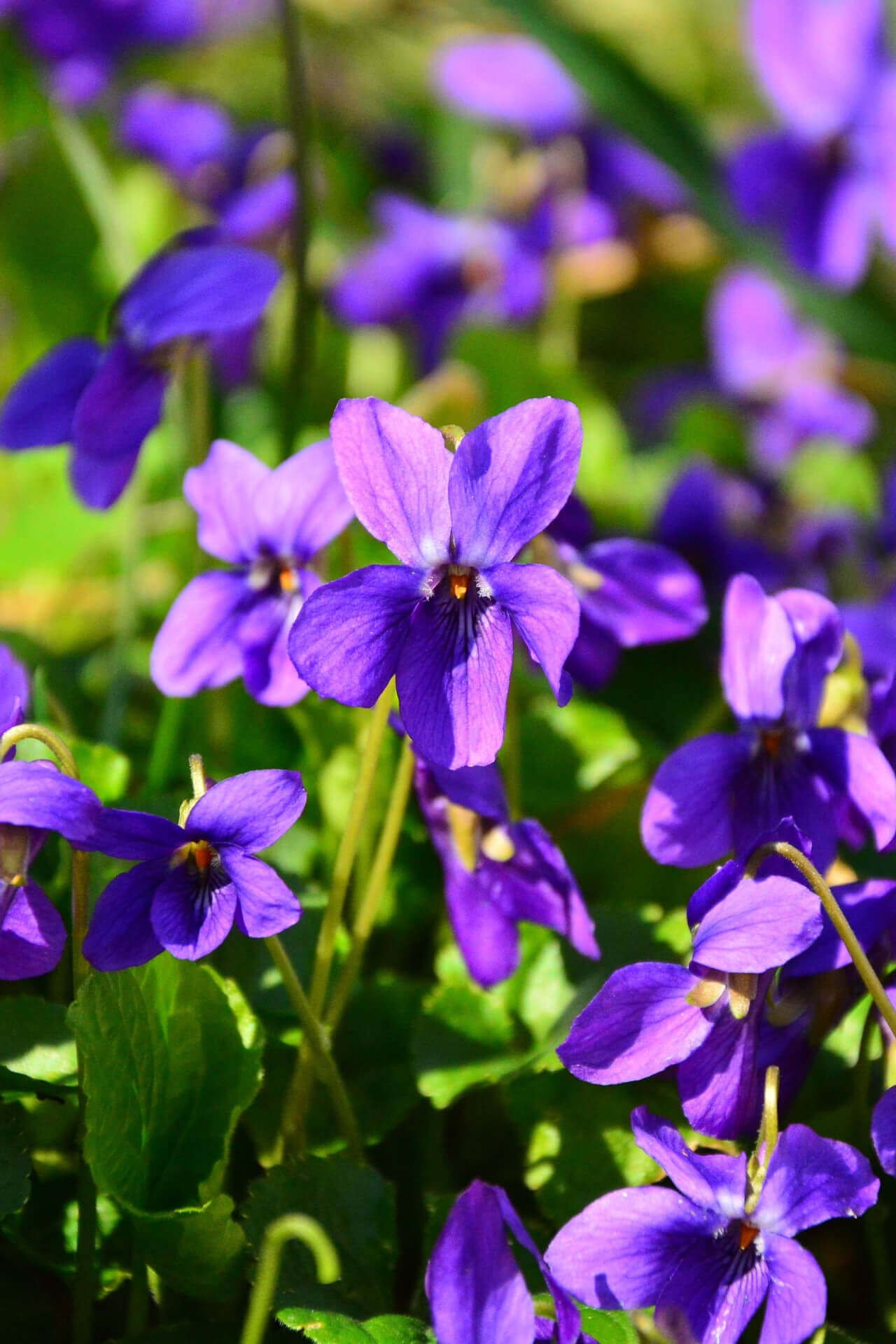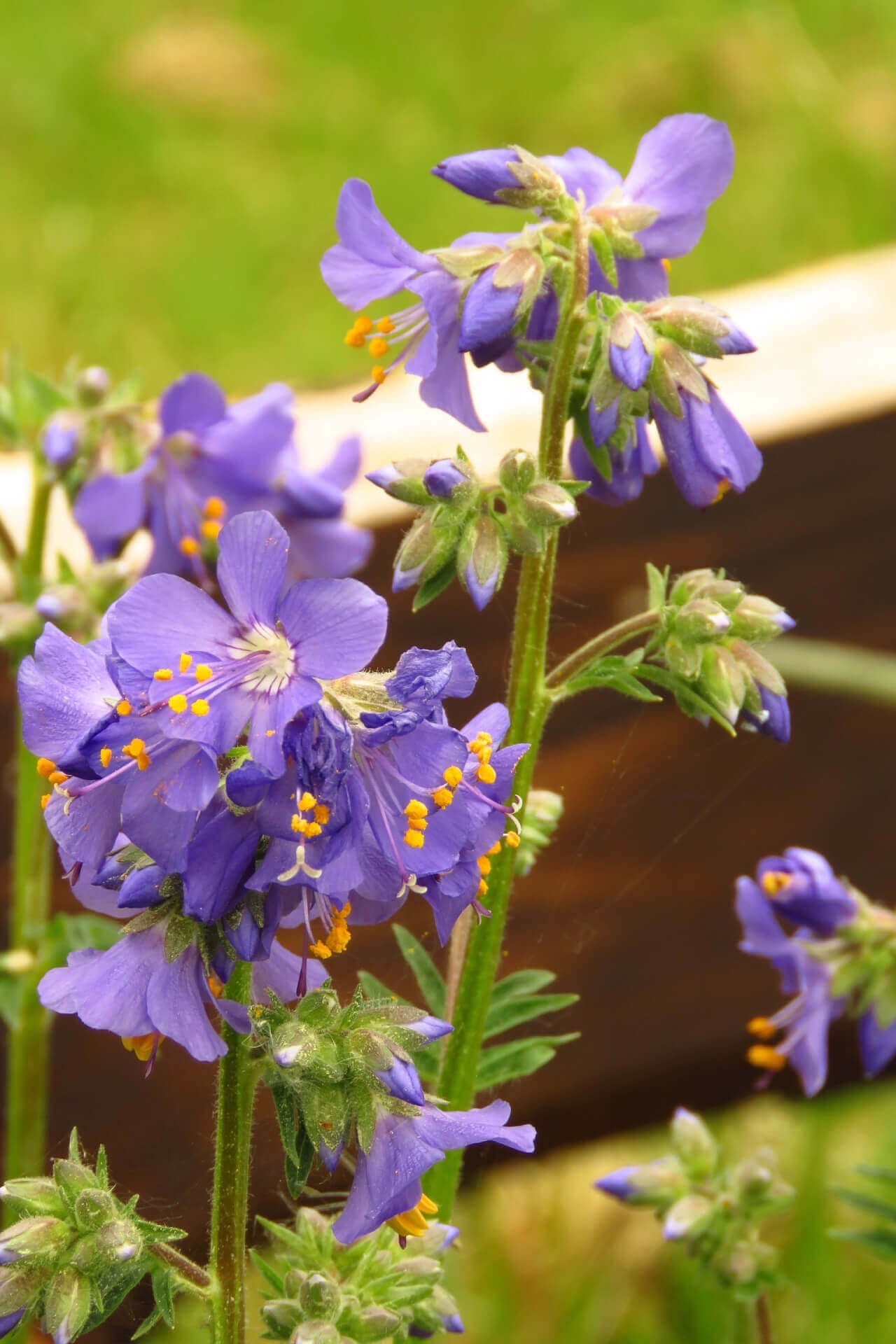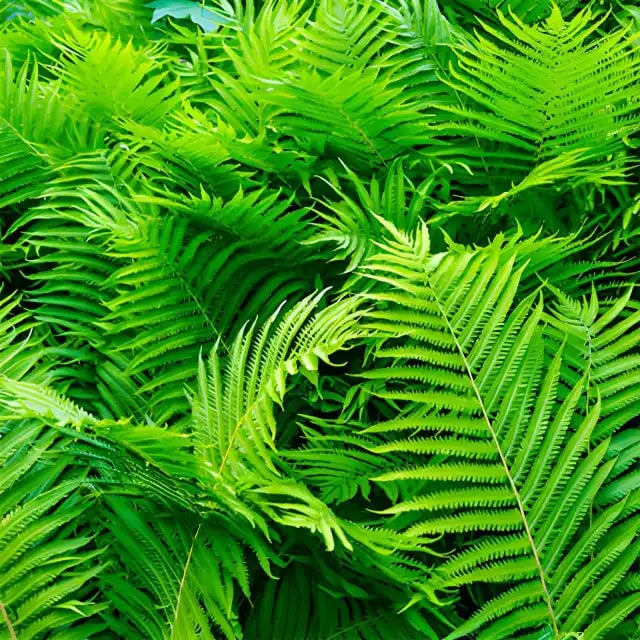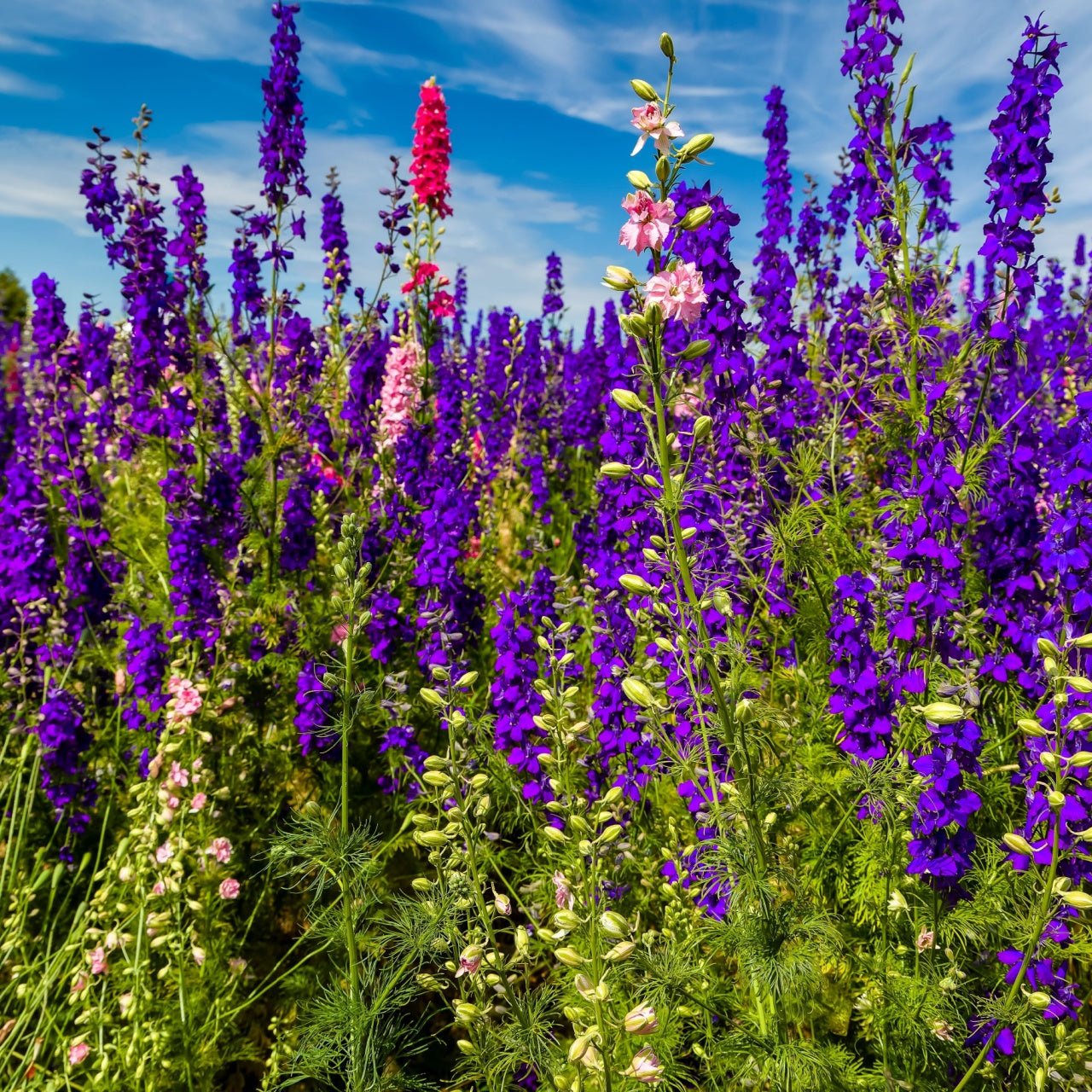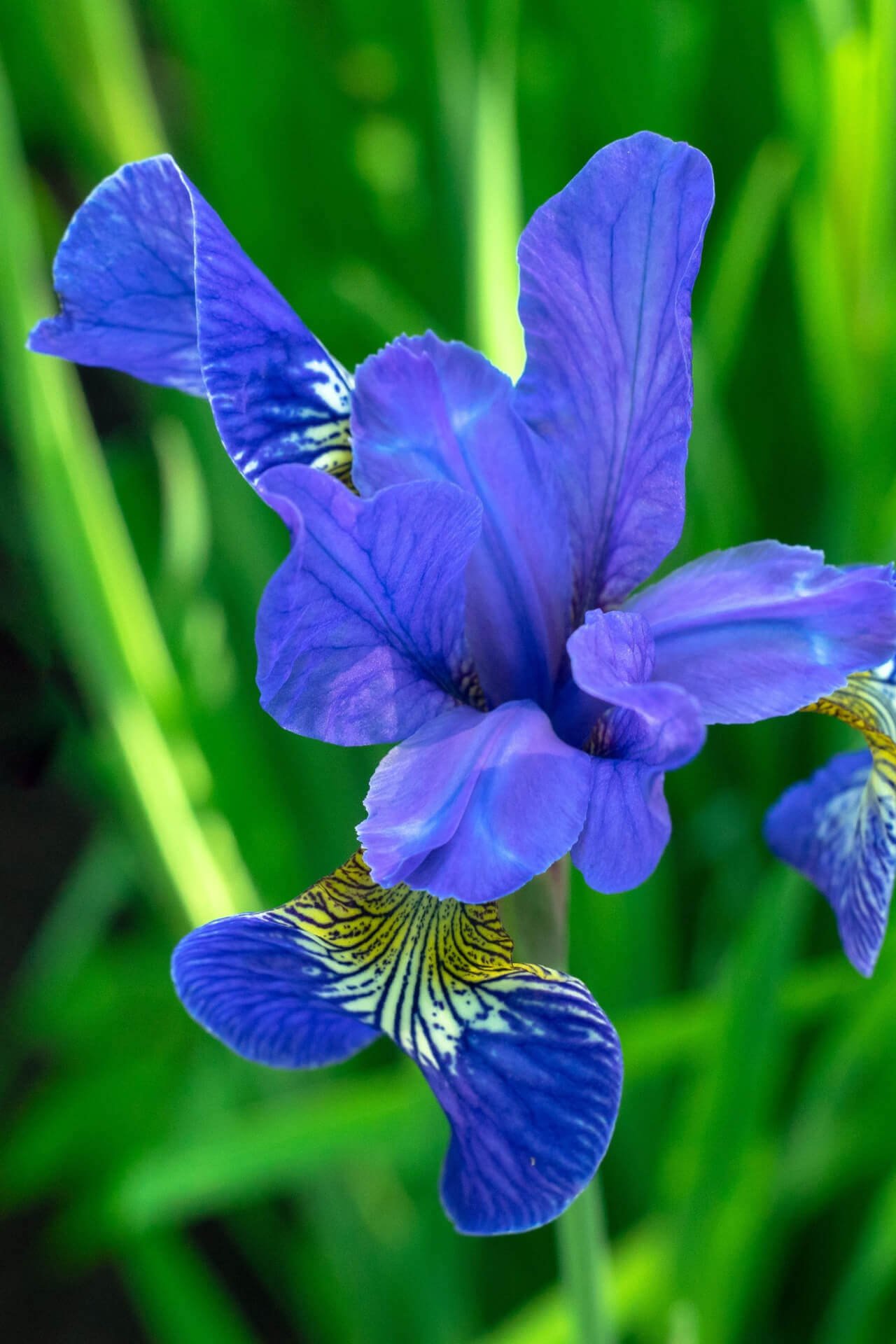Filters
Our Best Selling Plants Under $10 collection at TN Nursery makes bringing vibrant greenery into your home or landscape easy without breaking the bank. We've curated this low-cost selection of plants to include popular, easy-to-grow plants that are perfect for budget-conscious gardeners or anyone looking to add more beauty to their space affordably. From flowering perennials to hardy ground covers, our affordable plants are chosen for their resilience, adaptability, and eye-catching appeal.
Favorite Low-Cost Plant Options at TN Nursery
Some of our customer favorites include ferns, such as the Christmas Fern and Maidenhair Fern, which thrive in shaded areas and provide lush, graceful greenery all year round. These ferns are ideal for enhancing woodland gardens or adding texture to shaded spots in your landscape. For color enthusiasts, flowering perennials like the Black-Eyed Susan and Purple Coneflower add vibrant, lasting blooms to your garden. These affordable and hardy plants are attractive and known for attracting beneficial pollinators like bees and butterflies, supporting a healthy, thriving ecosystem.
These low-cost plant options help you transform large areas with minimal upkeep, creating a lush and weed-resistant landscape.
With this Under $20 collection, you don't need a large budget to enjoy a flourishing garden. Each low-cost plant is carefully selected to ensure quality, hardiness, and ease of growth, making them great for novice and seasoned plant enthusiasts. Whether enhancing a garden bed, filling in bare spots, or experimenting with new plants, our affordable options provide a beautiful, cost-effective way to elevate your outdoor or indoor space.



